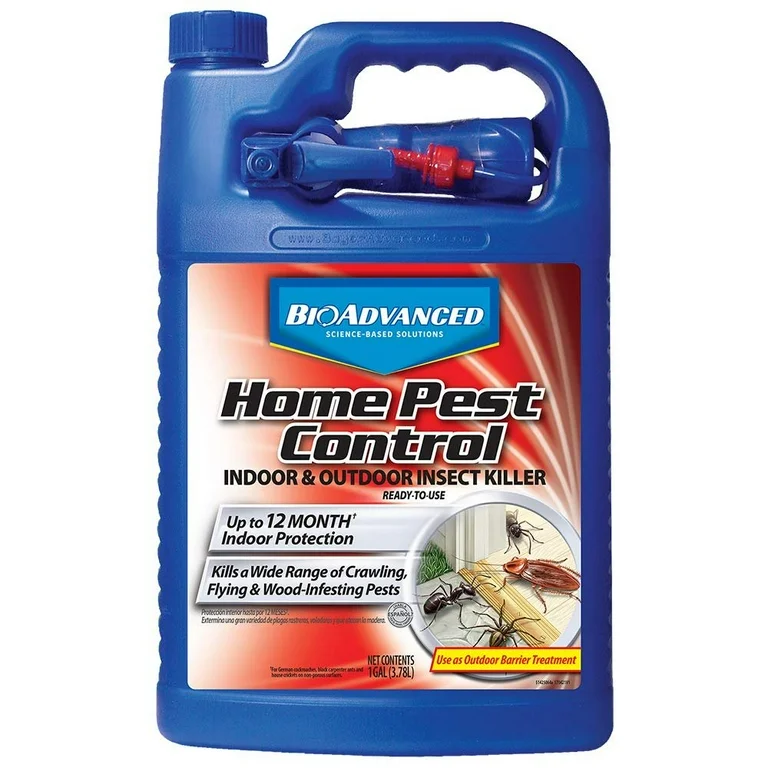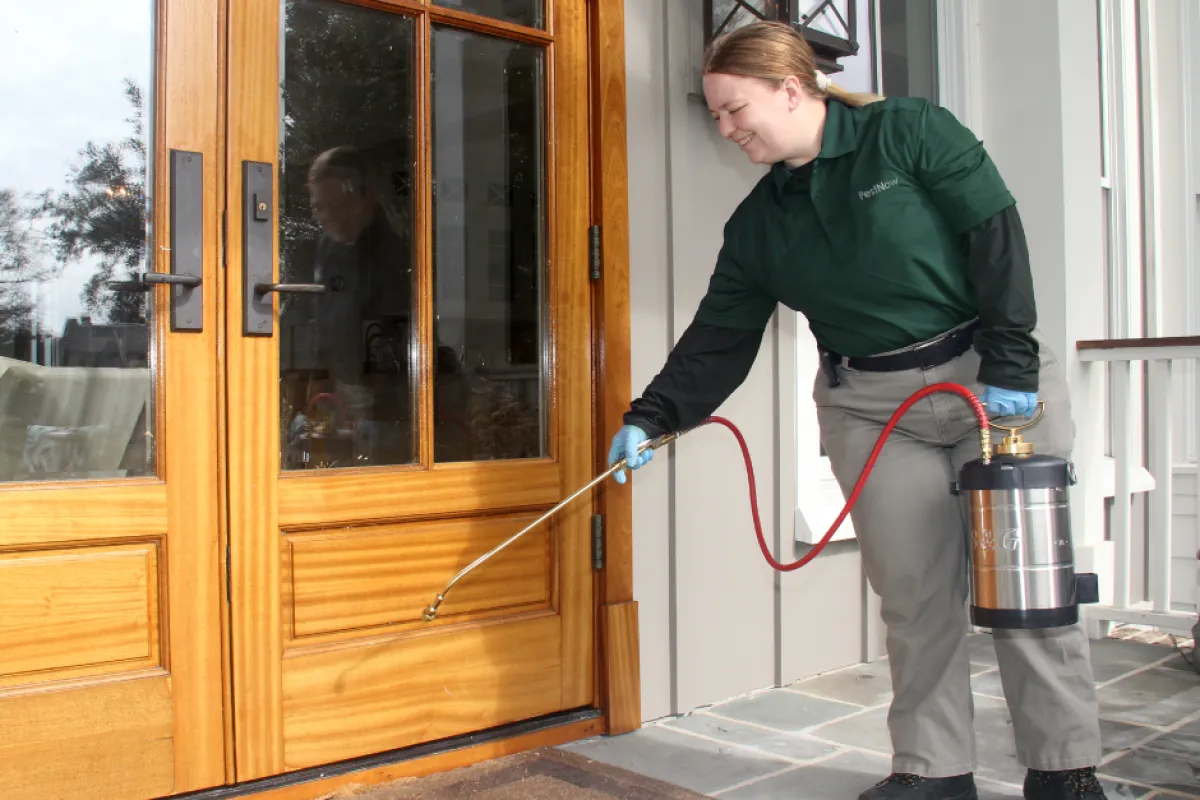Bed Pest Therapy Breakdown: Comparing Chemical Vs. Non-Chemical Solutions
In the world of parasite control, especially when handling the persistent issue of bed insects, the selection between chemical and non-chemical therapy services can be a crucial one. Both methods supply unique benefits and disadvantages, affecting factors such as effectiveness, security factors to consider, and overall expense. By analyzing the nuanced information of each method, a more clear understanding of which course to pursue in attending to a bed insect infestation can be attained.
Efficiency of Chemical Therapies
Chemical treatments for bed pest problems have actually been extensively identified for their powerful and quick efficiency in removing these bugs. When thinking about the efficiency of chemical therapies, it is vital to comprehend that they can supply a complete and quick solution to a bed pest problem.
In addition, chemical therapies have the benefit of providing residual effects, meaning that they can remain to remove bed bugs also after the initial application. This residual action is particularly valuable in combating any type of possible re-infestations. Furthermore, the quick action of chemical therapies can bring relief to individuals encountering extreme bed insect problems, enabling them to reclaim control of their home promptly.
Security Concerns With Chemical Solutions
One essential aspect that requires cautious consideration when utilizing chemical services for bed insect treatment is guaranteeing the security of residents and the atmosphere. Exposure to certain chemicals used in bed bug therapies can lead to respiratory system concerns, skin irritability, or various other negative reactions, particularly in individuals with pre-existing conditions or sensitivities.
Moreover, the environmental effect of chemical remedies is one more considerable consideration. Some pesticides used in bed insect therapies might be unsafe to helpful insects, wild animals, and ecosystems if they seep right into the dirt or water systems. It is essential to utilize chemical therapies deliberately, complying with safety standards, and taking into consideration less harmful choices to minimize these dangers and make certain the effective and safe monitoring of bed pest problems.
Advantages of Non-Chemical Methods
Thinking about the potential safety problems and ecological effect related to chemical options for bed bug therapy, exploring non-chemical strategies provides an encouraging option with several distinct benefits. Non-chemical techniques provide a more secure choice for families, especially those with people, children, or pets delicate to extreme chemicals. These techniques get rid of the dangers of direct exposure to poisonous substances, decreasing the capacity for unfavorable health and wellness effects. In addition, non-chemical treatments are eco-friendly, as they do not add to air or water pollution, making them a sustainable selection for parasite control.
Additionally, non-chemical options can be effective in targeting bed bugs, consisting of hard-to-reach areas where chemical treatments might not pass through - A1 pest control services charlotte. Techniques such as heat therapy, vacuuming, heavy steam cleansing, and cushion encasements supply extensive removal without the use of dangerous chemicals.
Limitations of Non-Chemical Treatments

In addition, non-chemical treatments usually need numerous applications to attain successful eradication. This can be time-consuming and may not constantly assure full removal of all bed insects and their eggs, specifically in hard-to-reach or covert places.
Additionally, the success of non-chemical treatments heavily counts on correct application and thoroughness, which can be testing for individuals without professional proficiency. Poor application of non-chemical techniques might cause incomplete elimination, causing persistent infestations and the requirement for added therapies.
Therefore, while non-chemical therapies have their benefits, it is vital to acknowledge these limitations and consider them when establishing the most reliable technique for taking care of bed insect problems.
Cost Contrast: Chemical Vs. Non-Chemical Options
Provided the constraints related to non-chemical treatments, a necessary facet to review in the context of bed insect management is the cost comparison in between chemical and non-chemical alternatives. Chemical treatments normally include the application of insecticides by professionals, which can range from $250 to $900 per room, depending on the seriousness of the infestation and the dimension of the area to be dealt with. In comparison, non-chemical treatments like warmth therapy or steam can be more costly, with expenses ranging from $1,000 to $6,000 for a whole home. While the preliminary cost of chemical therapies may appear reduced, numerous therapies might be called for to totally eliminate the infestation, possibly raising the general price. On the indoor termite control various other hand, non-chemical choices might offer an extra environmentally friendly and lasting remedy, although they can be cost-prohibitive for some people. Ultimately, when taking into consideration the cost of bed pest treatment choices, it is very important to evaluate the ahead of time costs versus the effectiveness and long-lasting sustainability of the chosen method.
Final Thought

Considering the possible safety and security worries and environmental impact linked with chemical remedies additional resources for bed insect therapy, discovering non-chemical strategies presents a promising option with several distinctive benefits.Given the restrictions associated with non-chemical therapies, a crucial facet to assess in the context of bed insect administration is the price comparison between chemical and non-chemical alternatives. In contrast, non-chemical treatments like warm treatment or steam can be more expensive, with costs ranging from $1,000 to $6,000 for an entire home. While the initial price of chemical therapies may appear reduced, several therapies might be required to totally eradicate the invasion, potentially enhancing the total expense.In verdict, when comparing chemical and non-chemical bed pest therapy choices, it is important to take into consideration effectiveness, safety, benefits, restrictions, and expense.